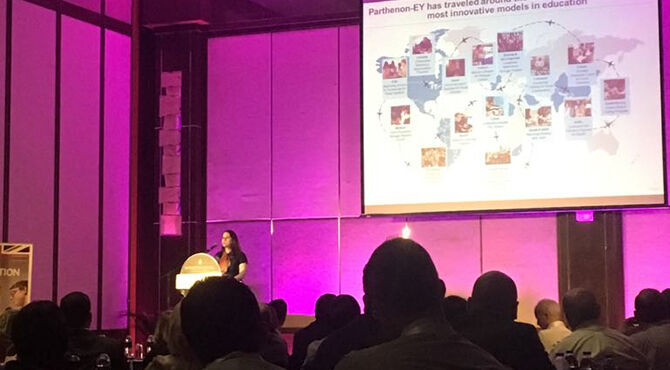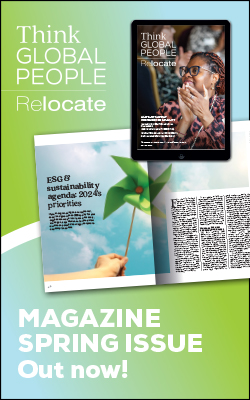The future of private and international schools in Asia
Global education experts gathering at the International and Private Schools Education Forum (IPSEF Asia) are giving school owners and investors insights into the future of education in Asia.

What successful schools have in common
At the IPSEF Asia conference, Maryanna Abdo, vice president of Parthenon-EY, a strategy consultancy, shared global trends and best practices as she identified what successful schools have in common, including the creative use of space, a focus on enrichment of experience and experimental learning, the use of the city or locale as a classroom, construction of less space needed and unused space in school environments.Having studied innovative school models in over 95 countries, Abdo says successful schools stay competitive through innovation, with a focus on developing 21st century skills and students having a global outlook.“In an increasingly crowded international schools market across the region and a changing macro-economic and regulatory environment, innovation increasingly plays an important role in staying relevant and competitive,” she added.Legal insights
Legal experts also shared insights on how to enter the Asian education market. In a panel session moderated by renowned legal firm Clyde & Co. topics discussed included initial steps when expanding into Asia, legal, regulatory and structuring considerations, and dealing with local partners.Officials from Malaysia’s Ministry of Education were joined by Dubai’s Knowledge and Human Development Authority (KHDA), and the Abu Dhabi Education Council who provided tips on how international school brands can enter the Middle East market, where as many as 50,000 schools are needed to educate an expected 12 million students by 2020.Related news:
- Singapore cements reputation for quality of life: study
- Oasis International School to open in Kuala Lumpur
- Examining international school growth in Asia at the IPSEF conference
“We hope that the high-level of discussions and presentations can provide school owners, administrators and operators the needed tools that will enable them to enhance their current operations and hopefully grow not just within Asia but even beyond such as in the Middle East.“We at IPSEF are delighted that we can connect these stakeholders across the education supply chain to not only foster discussion and exchange ideas, but also achieve growth plans in very realistic ways,” said Mark Roelofsen, co-founder IPSEF.For related news and features, visit our Education & Schools section.Access hundreds of global services and suppliers in our Online Directory
 Get access to our free Global Mobility Toolkit
Get access to our free Global Mobility Toolkit 
©2024 Re:locate magazine, published by Profile Locations, Spray Hill, Hastings Road, Lamberhurst, Kent TN3 8JB. All rights reserved. This publication (or any part thereof) may not be reproduced in any form without the prior written permission of Profile Locations. Profile Locations accepts no liability for the accuracy of the contents or any opinions expressed herein.























